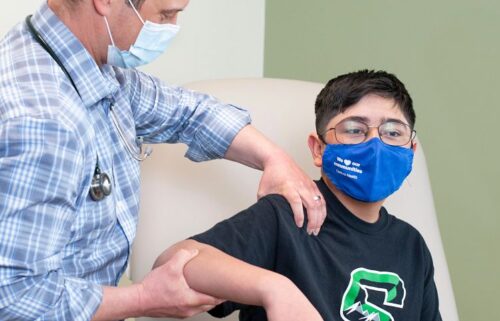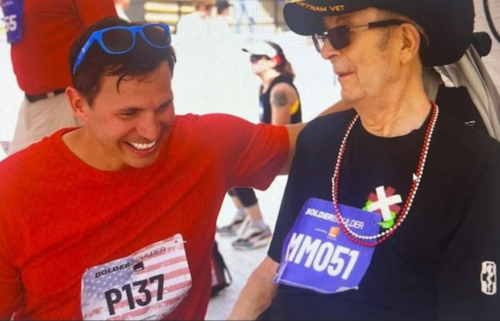Colorado Springs releases final version of homeless plan
There are some notable revisions in Colorado Springs’ final plan to address homelessness.
The plan, called the 2019 Homelessness Initiative, was formed by public feedback from numerous town hall meetings.
Important changes in the plan include a greater focus on homeless families, conducting more police patrols downtown and increasing the number of volunteers who perform outreach efforts to the homeless.
Beth Hall Roalstad, of Homeward Pikes Peak, said she’s pleased with the final draft but is concerned about the volunteer outreach aspect.
“Professional staff (of advocacy groups) is doing the outreach,” she said. “We need people who are trained in mental health or substance abuse issues who also know how to do a trauma-induced approach. Volunteers are great, but what we need are teams of law enforcement and professionals regularly meeting with the homeless.”
Other facets of the plan include increasing the number of police officers on the Homeless Outreach Team from four to six, adding a second crew to clean up homeless camps, create a homeless court to oversee offenses and start a work program from the homeless.
Tony Lofton is homeless and said he supports efforts to create jobs for that population.
“Money means everything to us,” he said. “With enough money, we can obtain our own housing and meet our own needs. Most of us start off not wanting to be homeless and wanting to get out of it, but time goes by and nothing changes, so we end up getting used to it and staying out here. I had a job when I came here from Mississippi, but the job was only temporary and when it ended, I lost my place to live.”
The plan also seeks to promote private donations to pay for housing for homeless military veterans, formulate ideas for solving the city’s shortage of affordable housing and finish increasing the number of beds in temporary homeless shelters.
Michael Royal, of Family Promise, said he’s glad the plan will provide more resources to homeless families.
“To address chronic homelessness in adults, we’ve got to get on the front end of looking at what’s happening with the trauma of children in homeless situations — and that’s currently not happening to the degree it needs to in our city,” he said.
Another objective of the plan includes establishing a family shelter that would keep families together in one location without being separated by age or gender, as is the case with existing shelters.
Royal said he likes that goal, but it will be a challenge to find property or a building, to build or renovate, to find an agency to operate the facility and to find the money to pay for it.
Many old hotels that might have been renovated to serve as a family shelter have been demolished to make room for new development.
Mayor John Suthers said while the plan won’t solve the homelessness problem, it will allow city leaders to better understand it and address it more effectively.
“We’ve made some big strides,” he said. “We now have a blueprint for how to respond to homelessness. We have more shelter beds and now we can enforce the no-camping and no-panhandling ordinances.”
The plan doesn’t specify how its objectives will be paid for, or when they’ll be completed.
“We’re going to have to rely on more state and federal grants,” Roalstad said. “We need more public donations and more contributions from the private sector. We’re much farther along than we were five years ago when we started this effort to address homelessness.”




